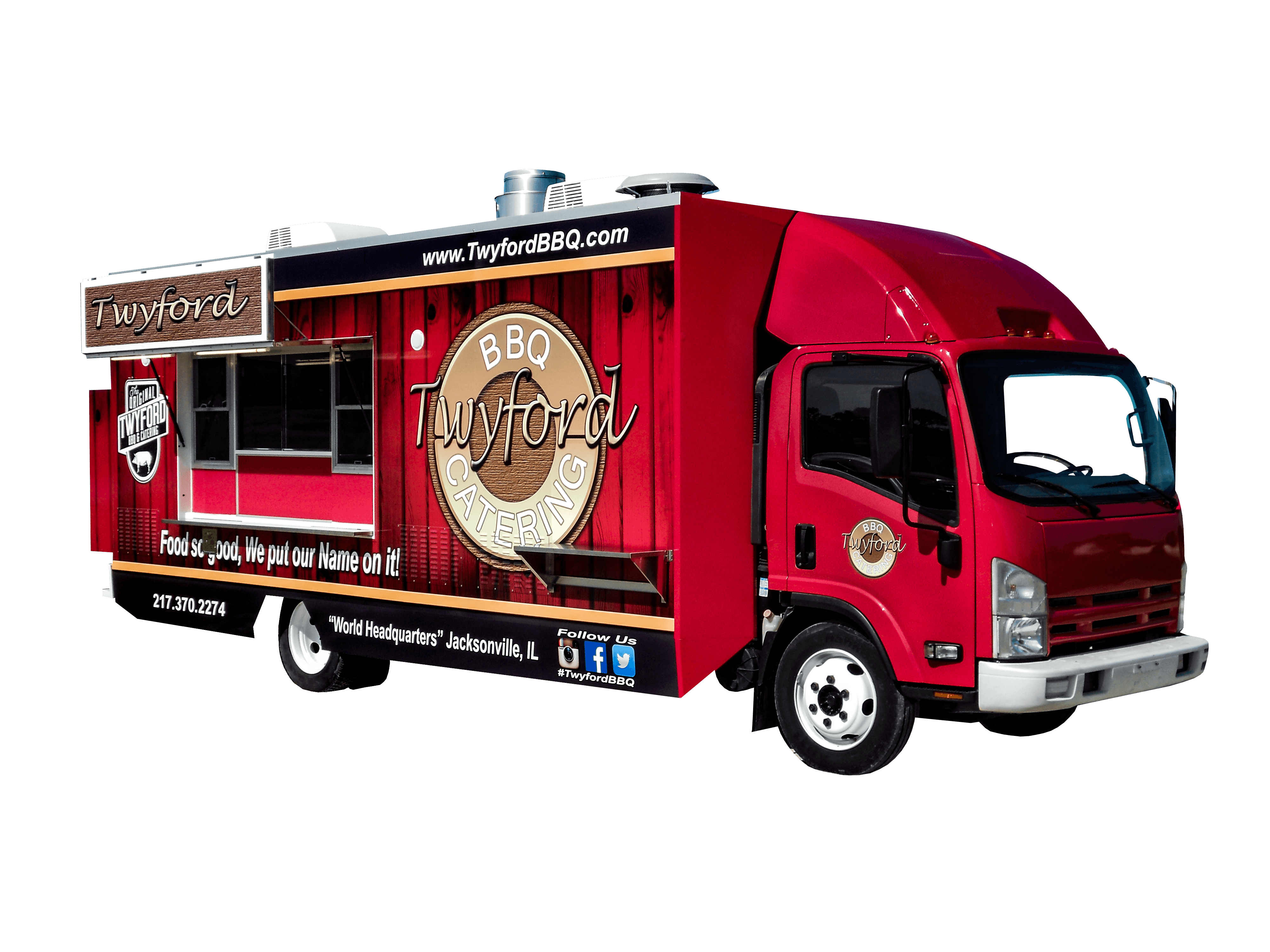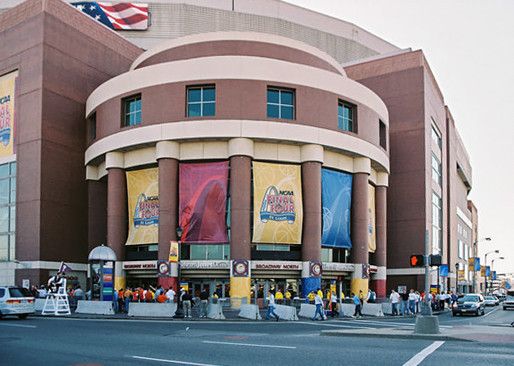Food Truck/Trailer Events & Vending Success Tips
Do you own a food truck or trailer business? Have you struggled to keep business booming with so many large event cancellations in the past year? The...
7 min read
Craftsmen Industries Jul 19, 2025 8:50:45 AM

Imagine turning an empty park or parking lot into a whole concert venue in just a few hours. Mobile stage trailers make this possible by providing professional-grade platforms for festivals, corporate events, and community gatherings. With proper setup, these stages create safe, functional, and memorable experiences for both performers and the audience.
Each part of the setup, including the stage, lighting, power, and rigging, must work together seamlessly to ensure the event runs smoothly. A poorly set-up can cause delays, technical problems, or safety risks for both performers and guests.
This guide outlines best practices for setting up mobile stage trailers. By following these steps, you can deliver a seamless event that stands out for its quality, reliability, and attention to detail.
Mobile stage trailers are portable platforms mounted on trailers, allowing for quick setup and easy transportation to any event location. Combining stage decks, roof systems, rigging, and integrated sound and lighting, they transform ordinary spaces into professional performance venues.
A thorough setup process ensures safety, reliability, and audience satisfaction:
By understanding your trailer's features and selecting the right type, you can streamline setup and deliver a seamless event every time.
A professional mobile stage trailer relies on several core elements. Each must be chosen and installed with care to guarantee safety, functionality, and a memorable event experience.
The foundation of your setup:
A stable platform prevents accidents, protects equipment, and supports performers.
Protects people and gear while serving as a rigging base:
A solid roof system keeps the show on schedule, rain or shine.
Secures lighting, audio, and video safely overhead:
Proper rigging ensures both creative freedom and accident prevention.
Delivers clear, even coverage for every seat:
Testing and fine-tuning in advance helps avoid audio issues during the show.
Sets mood, focus, and visibility:
Dynamic lighting enhances performances and audience engagement.
Keeps every system running reliably:
Proper power planning prevents downtime and protects fragile gear.
Supports performers and crew behind the scenes:
A well‑designed backstage keeps the production on schedule.
Overarching element for every setup phase:
Rigorous safety protocols protect everyone and safeguard your reputation.
A straightforward, systematic setup not only saves time but also prevents costly mistakes. Follow these SEO friendly steps to ensure a seamless, safe, and professional mobile stage trailer installation.
Before you roll in, evaluate the site to avoid surprises:
A thorough venue evaluation lays the groundwork for a flawless event.
Choosing the right trailer reduces headaches down the road:
Proper trailer selection and pre-transport checks keep your team and audience safe.
Efficient deployment gets you ready faster:
Following these substeps ensures a stable and secure performance surface.
Rigging is critical; always use certified professionals.
Safe, reliable rigging brings your production to life without surprises.
Never compromise on electrical safety:
This step keeps both the crew and audience protected from hazards.
A last check makes all the difference:
A comprehensive final walkthrough guarantees you kick off on time every time.
Every event presents unique challenges, but with proper planning and best practices, most issues can be resolved efficiently.
|
Challenge |
Solution |
|
Uneven Terrain |
Use adjustable feet or hydraulic systems to level the stage. |
|
Limited Setup Time |
Opt for modular designs and pre-assembled parts to expedite the installation process. |
|
Safety Concerns |
Conduct thorough inspections and use certified materials to ensure optimal safety and security. |
|
Technical Issues |
Work with experienced AV professionals to ensure a smooth integration. |
|
Venue Constraints |
Select stage designs that are scalable to fit various spaces and venues. |
Mastering the setup of a mobile stage trailer is key to delivering an event that runs safely and leaves a lasting impression. With careful planning and precise execution, every element works in harmony to support both the performance and the experience. From site prep to final checks, attention to detail reduces risk and elevates impact.
When the stage is secure, the sound is crisp, and the lighting is on point, the entire production comes to life. A flawless setup not only protects your crew and gear but also creates a standout moment for the audience. The effort you invest upfront drives smooth execution and unforgettable results.
A mobile stage trailer is a towable unit that transforms into a fully functional performance stage. Once parked, it unfolds or expands using mechanical or hydraulic systems to create a raised platform with features like a roof, rigging points, and built-in audio-visual connections. It offers a fast and flexible solution for outdoor concerts, community events, and mobile productions.
Most mobile stage trailers can be assembled in one to three hours, depending on the model and the size of the crew. Features such as hydraulic lifts, pre-wired systems, and modular flooring make setup quick and efficient, helping event organizers stay on schedule and reduce labor requirements.
Safety starts with leveling the trailer properly, especially on uneven ground. It's essential to secure guardrails and handrails, verify load ratings for overhead rigging, and have certified personnel perform trussing and electrical work. Fire extinguishers, first aid kits, and on-site inspections are also essential for safe operations.
A typical mobile stage setup consists of the platform, roof structure, lighting, sound systems, rigging components, and power distribution equipment. Depending on the event, additional elements such as backstage tents, video displays, or special effects equipment may also be added.
Begin by assessing your event's audience size, performance type, venue layout, and technical requirements. Select a trailer that suits your space and features the right combination of built-in amenities, including AV support, weather protection, and hydraulic systems. Factor in your setup time, budget, and any local permitting requirements.
Events often face challenges such as uneven terrain, short timelines, or strict safety codes. Mobile stages overcome these hurdles with adjustable feet, compact transport dimensions, modular components, and trained crews. Hiring professional AV teams and working with experienced vendors ensures a seamless experience from setup to breakdown.
Setting up a mobile stage trailer is a complex process that requires careful planning, technical expertise, and a commitment to safety. By following best practices for each component and step, you can create a reliable and impressive event space that meets the needs of both performers and audiences. Every element, from the platform to the power supply, plays a role in delivering a successful event.
For expert guidance and custom mobile stage solutions, contact Craftsmen Industries at (800) 373-3575 or visit www.craftsmenind.com. Take your next event to the next level with a setup you can trust.

Do you own a food truck or trailer business? Have you struggled to keep business booming with so many large event cancellations in the past year? The...

Successful on-site brand activations are not a stroke of luck; they are the outcome of meticulous planning, precise execution, and seamless...

There’s no denying that first impressions count. With businesses, stores, and other organizations, most first impressions are made with signs. If...